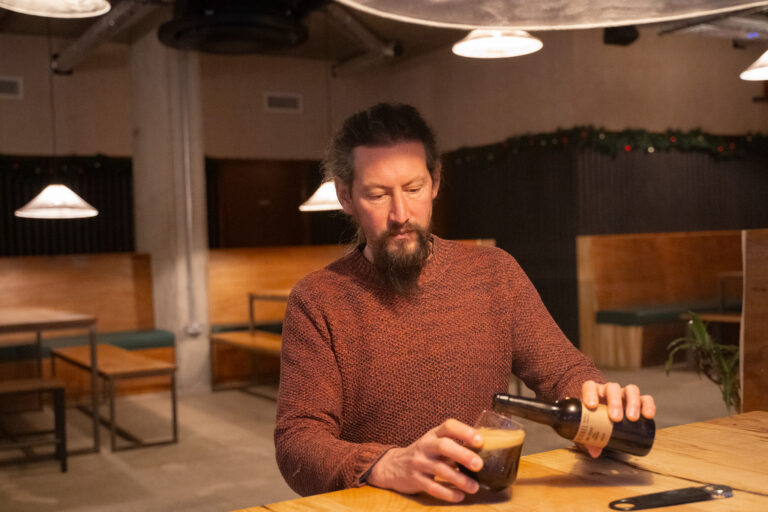A major brewer has revealed how the method that the Romans would have used to brew beer, with beer being the preferred tipple of the Roman gladiator.
Experts from Carlsberg Research Lab can reveal that it is likely the beer drunk by Romans would likely be a lighter colour than we are used to seeing in the modern day, due to the malt in the beer not being dried.
Typical depictions of the Romans include an association with grapes and wine. However, experts from the Carlsberg Research Laboratory have disclosed how Romans may have made beer, which according to historians was actually the drink of choice for the Roman army with soldiers receiving a ration of beer as part of their inventory.
So while we may be familiar with depictions of the Romans celebrating wins with a cup of wine, it can be assumed that gladiators would often be found sipping on a beer once their duties were done for the day.
Carlsberg Research Lab has shared the technique that the Romans may have used to brew beer.
Zoran Gojkovic, Director of Brewing Science, Yeast and Fermentation at Carlsberg said: ‘Techniques used were probably inspired by those developed by the Egyptians, from recipes to the way the ingredients were handled’.
According to Gojkovic, the beer drunk by the Romans was likely to be lighter in colour than we are used to due to the malt not being dried over an open fire like modern day beer. This in turn would impact the flavour of Roman beer as the Maillard reaction in malt wouldn’t have occurred. Romans (in Rome) used barley but there are indications that in some area’s rye was the predominant cereal for brewing beers.
These brewing methods would have also resulted in a brew with a lower alcohol percentage, akin to that of a Session Beer, with 2-3% ABV being the norm. In terms of flavour, Egyptian brewers tended to use dates as a starter culture, resulting in a sweeter, not fully fermented beer. It can be assumed that in Roman times they would take a similar approach.
‘It is believed that the Romans could have also used figs as a starter culture, and not simply bread as reported previously. This would likely introduce the wild yeast and bacteria that would be present at the fruit which would have had very different aromas including notes of vanilla, tobacco and even wet earthy notes’, noted Gojkovic.








